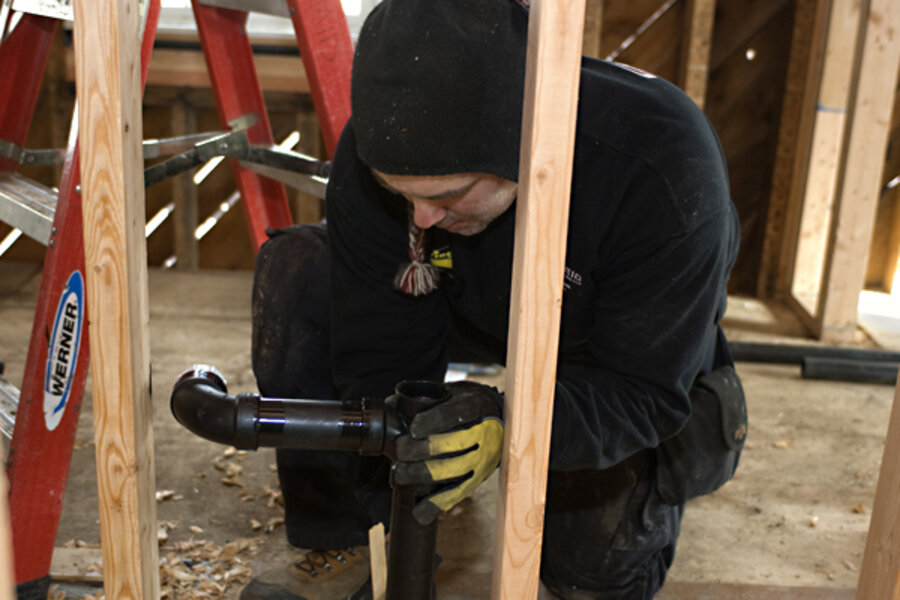DIY home repair: Five steps to becoming your own handyman
Loading...
Yesterday, I posted a long list of home maintenance tasks that you should consider doing regularly around your house. As was discussed then, doing regular home maintenance can save you a lot of money over the long haul and even directly put some money in your pocket with a higher home value.
The problem is that many of these tasks can seem completely intimidating to the uninitiated.
I’m speaking from experience here. When I first moved into a home of my own, there were many simple tasks that seemed like a total mystery to me. I had no idea how the inside of a toilet tank worked. I didn’t know the first thing about re-starting a pilot light. I was pretty much afraid to go near the breaker box.
Yet I overcame all of that. I’ve fixed toilets. I’ve fixed hot water heaters. I’ve cleaned out drains. I’ve replaced faucets. I’ve caulked windows. I’ve done countless little tasks that would have been completely alien to me before I became a home owner.
Each one of those things that I’ve been willing to do on my own has saved me money. It’s kept me from having to call in a repairperson and it’s also kept me from just letting an item that I would otherwise know how to fix fall into disrepair.
So, what’s caused this transition? How did I go from someone who was practically afraid of changing a light bulb to a person who installs ceiling fans and replaces outlets without skipping a beat? There are a few basic tools that helped me through this change.
First, I realized that if you know how to turn off the power and how to turn off the water to a particular location in your house, there’s almost nothing you can mess up too badly. You can’t electrocute yourself if you’ve flipped the breaker. You can’t flood the bathroom if there’s no water flowing into the toilet. The first step is to simply learn how to turn these things off.
In most modern homes, there’s a breaker box that consists of a bunch of switches which are usually labeled. If you flip a switch for an appropriate area of your home, you’ll turn off the power to that area. Flip the switch back and there’s power again. Similarly, if you’re about to work on a sink or a toilet, look around for a simple valve that you can turn, either under the sink or behind the toilet. This will shut off the water supply, meaning you can’t flood anything, no matter what goes wrong.
If you take these basic precautions, you don’t have to feel too bad about any attempt at maintaining or repairing anything. After all, if you mess things up too much, you can still call a repairperson to fix it for you.
So, how do you figure out how to do these things? Youtube is my first stop when I’m looking for home repair help. If I can’t figure out what I want to know from a Youtube video, I ask friends for help and/or hit the local library for home repair and maintenance books.
In terms of pure maintenance, read your manuals. Almost everything in your home should have a manual. If you can’t find one, look at the equipment you have, identify any model numbers you can easily find, and hit the internet. Most manuals explain in very simple language what you need to do to maintain the equipment in question.
What you’ll find is that the more home and auto maintenance and minor repair that you do, the easier it all seems. Things no longer seem intimidating and you’re willing to try bigger and bigger tasks. Each thing you do on your own saves you the cost of hiring someone to do it and often gets the job done quicker, anyway.
This post is part of a yearlong series called “365 Ways to Live Cheap (Revisited),” in which I’m revisiting the entries from my book “365 Ways to Live Cheap,” which is available at Amazon and at bookstores everywhere.






